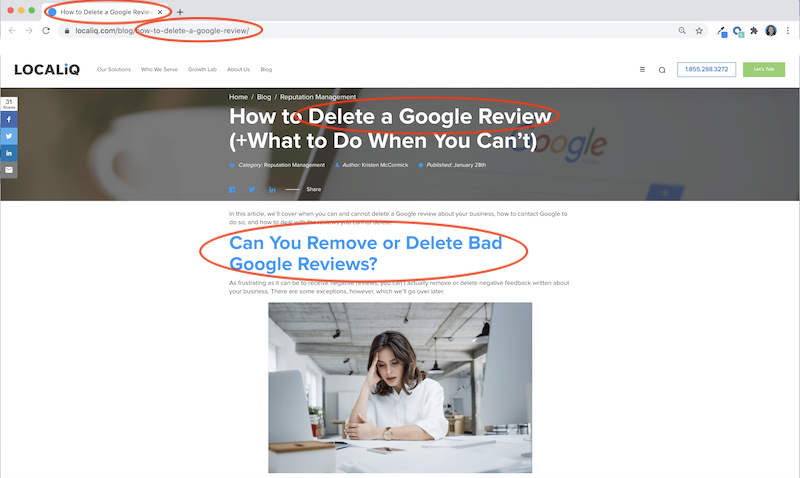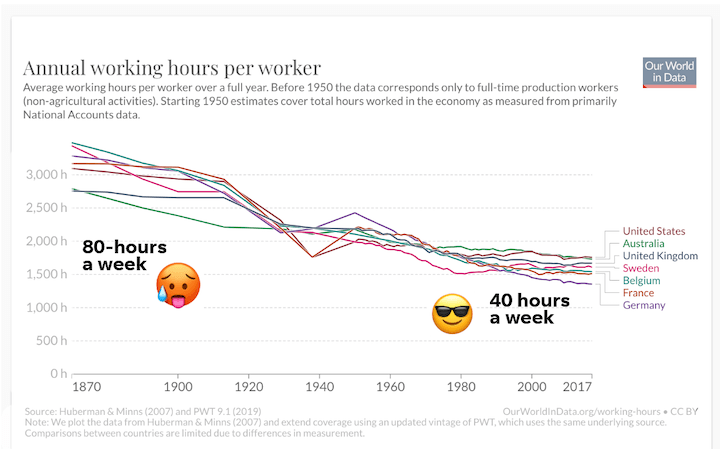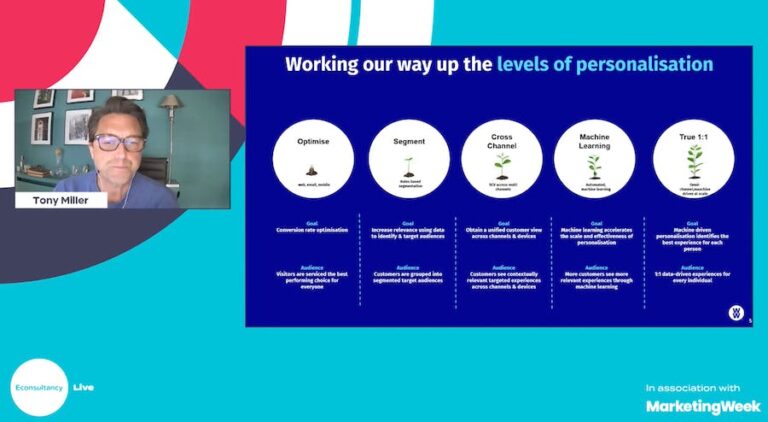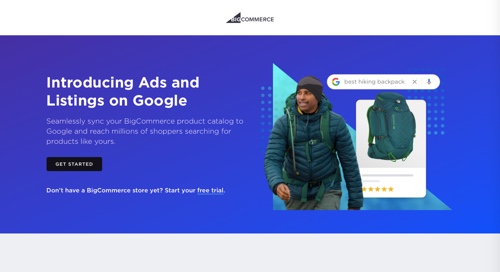To optimize your landing pages, the first question you have to ask is: do we have a primary keyword for this page? More importantly, is it sprinkled throughout the page in all the right places? For example:
How often should you publish to see the best results? Michael Brenner, CEO and founder of Marketing Insider Group says two to four times. Why? “This is the answer according to the data we have seen from multiple studies, as well as much of our own client work across more than a dozen client websites in B2B, B2C, and with companies large and small,” explains Brenner.
- In your H1 tag
- In at least one alt tag
- In at least one H2 tag
- In the URL
- 93% of consumers used the internet to find a local business in the last year.
- 87% of consumers read online reviews for local businesses in 2020.
Standing out on Google isn’t just about having a good ad, but also about leveraging SEO best practices and the tools Google offers, so you can drive long-term organic traffic while getting clicks to your website, service pages, and blog posts. When done right, you can beat out your competitors right when potential customers are ready to buy.
- Target specific queries (“free ways to get on the first page of Google,” for example)
- Make answers explicit in your content—use bulleted or numbered lists.
- Look at the “Related searches” and “People also ask” sections and target those keywords in the same article. Thi swill help strengthen your signals to Google that you have the best information for that query.
- Publish quality content: The better your content, the more likely people are to link to it.
- Guest post: Share your insights on relevant blogs and websites.
- Do your competitive research: Assess your competitors’ links to see how you can rank higher than them.
- Create case studies: These are filled with link-able data.
Compete with your competitors where it matters most: on Google. Use these strategies and tactics to rank your important landing pages, build a stronger backlink profile, put your reviews front and center, and more. The better you rank on Google, the easier it is to stand out and win business from your competitors once and for all.
7. Create SEO-optimized blog content
Don’t forget to optimize that content by placing keywords in all the right places, using internal and external linking best practices, and driving backlinks to that content with guest posting. Check out this free keyword research guide and the Yoast WordPress plugin to ensure all blog posts are SEO-optimized.
Blend all of these into your marketing plan to build a strong backlink profile that allows you to compete on Google.
If you haven’t already claimed your address and set up your Google My Business account, make that a priority now. You can share updated photos of your business and respond to reviews and questions from customers. Check out our tips on how to optimize your profile so you can set your business apart from your competitors in local search.

Stand out from your competitors on Google
To boost your rankings, you have to focus on more than just landing pages. Blog content allows you to target more keywords, driving more potential customers to your website, while also providing value upfront.
- Create killer Google Search ads
- Try Google Display ads
- Optimize your landing pages
- Create (and maintain) your Google Business Profile
- Leverage Google snippets
- Focus on high-quality link building
- Create SEO-optimized blog content






